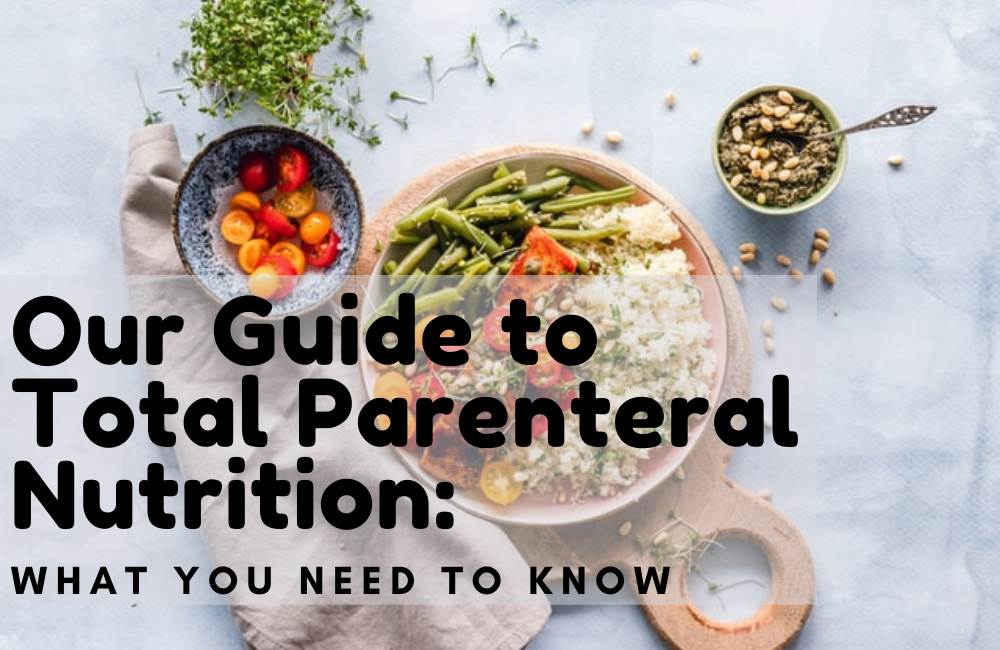Everyone needs the right balance of nutrients in their body to support a healthy immune system and other processes, such as hormone regulation and circulation. A mix of vitamins, minerals, proteins, fats, carbs, and water is essential for the body to function at peak conditions.
However, some people cannot consume or digest food normally, usually due to gastrointestinal problems or while recovering from surgery. To circumvent this, your healthcare provider may suggest total parenteral nutrition or TPN to provide you with your daily nutritional needs. Here’s what you need to know about it:
What is TPN?
TPN is a type of IV treatment that supplies your body with essential nutrients without coursing them through the gastrointestinal tract. This treatment allows your body to get the nutrients you need and delivers them straight to your veins, preventing malnutrition even when you cannot eat or take nutrients through food. It sends a chemical formula to the body through a central venous catheter or central line, which is surgically inserted into the vein to allow better access and absorption of nutrients without the risk of infection.
What is in TPN?
TPN furnishes the body with all the nutrients it needs to support everyday function, such as macronutrients, micronutrients, and vitamins. It also contains sugars, fluids, minerals, electrolytes, lipids, and amino acids. They provide a patient with enough energy and help optimize their health while they cannot intake food.
For instance, it is crucial to keep a fluid and electrolyte balance since it affects hormonal and metabolic processes. Amino acids, which come from protein, are vital for supporting the muscular system. Not having enough of these will lead to disease and a weakened body, especially for those who have difficulty eating for extended periods.
What Happens During TPN?
A specially trained nurse from homecare services will abide by stringent protocols to prepare, supply, and track TPN treatments. They can administer the treatment when the patient is asleep to ensure comfort and minimize having to hook the patient up to the pump during waking hours.
Like other IV drips, the nutrients found in TPN are suspended in the liquid inside an IV bag. A thin tube connects the bag to a needle inserted into the patient’s vein, allowing the nutrients to enter the bloodstream. If the patient needs ongoing IV therapy, the medical provider will likely recommend a central line, inserting one end of a catheter into a large vein affixed to a port outside of the body through surgery.
Does TPN Work For Long-Term Settings?
Many hospice care settings offer IV therapy, as this treatment is prevalent among older patients. Typically, patients must go to a hospital to receive this treatment, which can be expensive and tedious. Providing this service at home removes the inconvenience of going to a hospital regularly and allows the patient to be more comfortable, making it easier to administer the treatment.
Conclusion
TPN is a great way to continue delivering nutrients to the body when one cannot eat food without pain or discomfort. For this reason, it’s a popular treatment for seniors, especially those that require hospice care at home. It’s safe, convenient, and allows patients to receive care in familiar environments.
Bridge Home Health & Hospice offers home-assisted living in California by trained clinicians and therapists. Whether you need a home health aide, a physical therapist, or medical social services to assist you in the comforts of your home, our range of services and professionals can give you the care you need to improve your quality of life. Contact us today to find out more about how we can help you live more comfortably.

